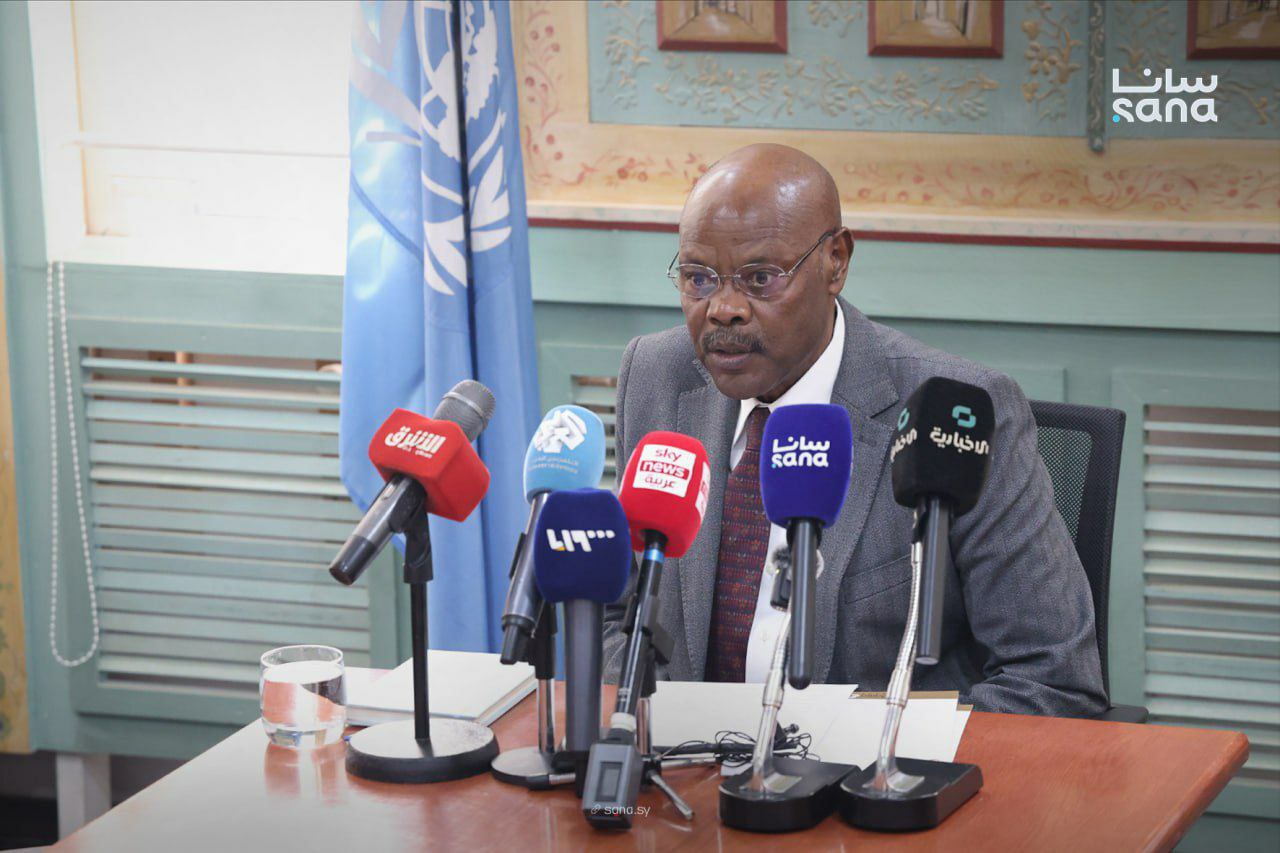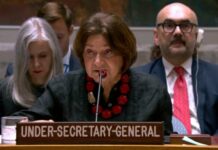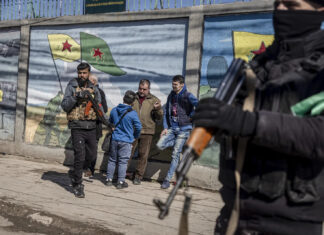
The United Nations Resident and Humanitarian Coordinator in Syria, Adam Abdulmoula, said 16.5 million Syrians require urgent humanitarian assistance, while 2.5 million returnees—including internally displaced persons (IDPs) and refugees—struggle to rebuild their lives after losing homes to years of conflict.
Speaking in Damascus before concluding his mission, Abdulmoula stressed that “Syria continues to face a displacement crisis,” noting more than six million remain displaced inside the country and another six million live abroad.
The scale of housing destruction reflects the scope of the challenge. Abdulmoula said 24% of housing units in Syria have been damaged or destroyed in recent years. “The funding we receive to address this is extremely scarce,” he added, calling for more support from the international community.
Funding Gaps Threaten Response
The UN’s 2025 Humanitarian Response Plan, which seeks $3.2 billion to meet urgent needs, has received just 14% of the required funds so far, according to Abdulmoula. He warned that this shortfall threatens to stall relief efforts, delay recovery, and leave millions dependent on emergency aid.
During an August 21 briefing to the UN Security Council, Abdulmoula said increasing funding for development and reconstruction is the only way to reduce Syria’s dependence on humanitarian assistance. “Development is the best path forward,” September 9, he urged donors to commit to long-term recovery.
Early Recovery and Reconstruction
Despite the challenges, Abdulmoula said Syria has entered a phase of “early recovery.” He pointed to UN-backed programs aimed at restoring hospitals, schools and infrastructure, as well as efforts with provincial authorities to identify priority projects. “We believe in the Syrian people’s ability to move forward toward a dignified life,” he said.
The coordinator also praised what he described as “close and increasing” cooperation from the Syrian government, underscoring that joint consultations will continue to shape future plans. His remarks mark a shift from his first years in Syria, when in 2012 he suspended all development projects to prevent their political exploitation by the Assad regime.
A Fragile Landscape
The scale of the crisis extends beyond humanitarian relief. A September 8 report by Blue Crescent International (BRC), highlighted that more than 14 million Syrians face food insecurity, while one in four lives in extreme poverty. The organization noted that Syria’s economy has contracted sharply, from $60 billion in 2011 to an estimated $17.5 billion in 2023. Drought conditions—the worst in 36 years—have further disrupted food and water supplies.
BRC estimated that rebuilding Syria will require between $250 and $400 billion, warning that reconstruction efforts remain constrained by fragile security conditions and political uncertainty following the fall of the Assad regime in late 2024.
Uncertain Future
Abdulmoula closed his remarks by expressing cautious optimism, citing steps already underway to stabilize communities and rebuild basic services. But he acknowledged that without substantial new funding, humanitarian agencies will struggle to meet needs. “The lack of resources threatens to undermine both urgent relief and the path to recovery,” he said.








